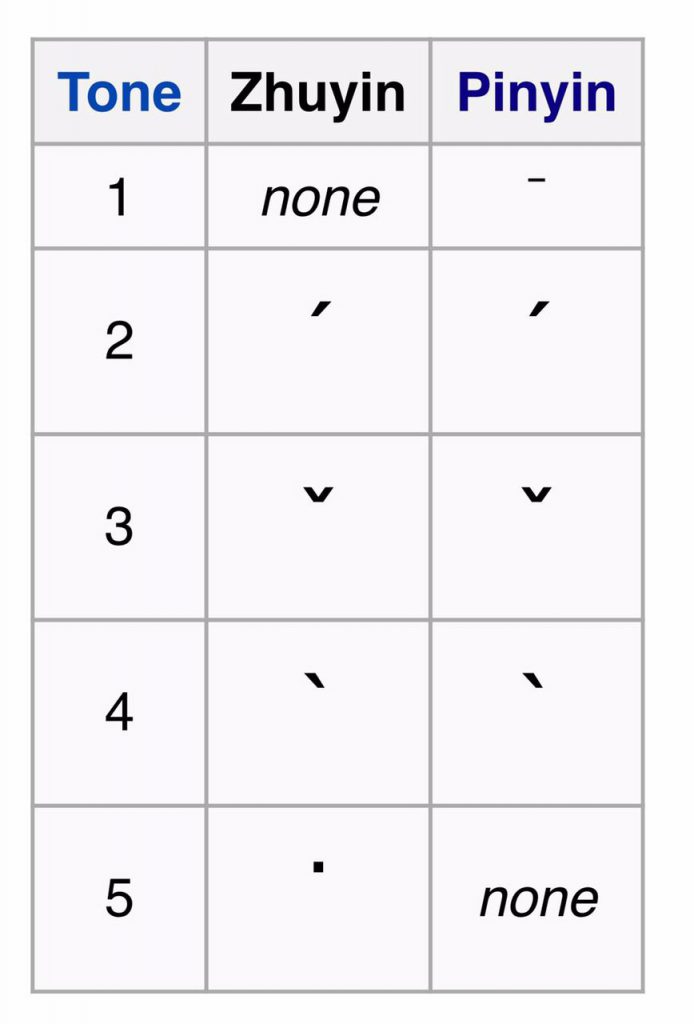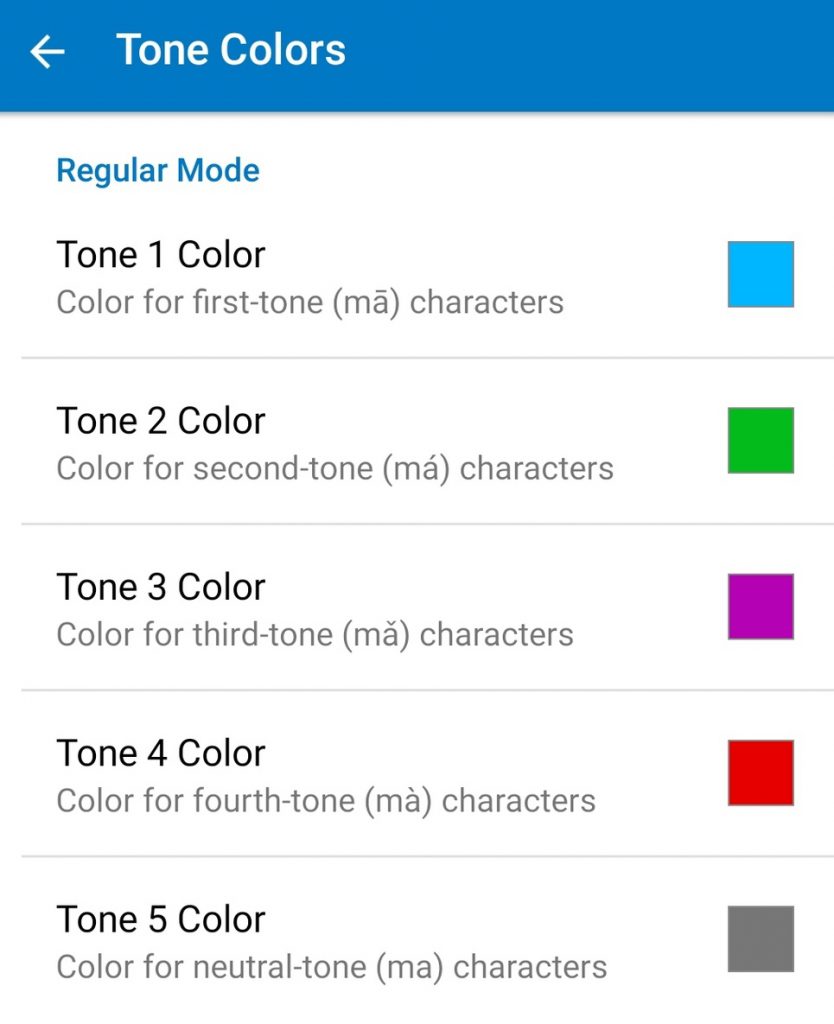Make no mistake: this page will teach you how to remember the tones of every character once and forever. It doesn’t, however, explain the pronunciation of the tones – for that visit our tones explanation page.
There are different techniques you can employ to get tones in your head. Here we start from the least effective to the most effective (to keep readers excited). If you use all of them the success is going to be inevitable.
1. Remember tone numbers
It might come as surprising, but typically it is easier for human brain to retain in memory the number of the tone rather than an abstract picture above the vowel in pinyin representation.

So in this first step, although not mandatory, I would advise to memorise the numbers and always keep them in mind. This way instead of má you will be thinking ma2.
And if you don’t know how do the tones and their numbers correlate – you can find the information in this article TODO *tones explanation page*. A quick recap is in the picture on the right though.
2. Set up your dictionary so it assigns color to each tone

Vast majority of mobile dictionaries have an option to set a specific color for a specific tone. This way instead of remembering 媽 as mā or ma1 you will think of it as ma (or any other color that you like).
There is no need to set a color for the characters’ Pinyin (if your dictionary has such an option), just change the color of the Characters and you are good to go.
Who will this help? It will certainly help people who have more of a visual memory. I personally didn’t see the difference in terms of memorisation, but it does assist to parse the characters a tad faster.
3. Most effective way to remember the tones
Are you ready for it? Well, if you made it this far you might be now wondering what else is there to try. And you might be already aware of the two methods I’ve listed above (especially if you’ve been learning Chinese for a while). In order to address the issue of forgetting the tones just like any other issue we have to address its cause. You know the cause – you will find the cure. And no, it is not because human brain is too weak or we are too dumb. It actually all comes down to a mere habit. More than 95% of foreigners who start learning Chinese start from the phonetics. Pinyin teaches them the phonetics and it is what they end up using as an input system on their phones and computers for their entire journey of learning the language. Not only that, but pretty much every Chinese person from Mainland China that you will meet online and in real life uses Pinyin as well – this is what they grew up using and this is what helps typing Chinese very fast on any given devices so no foreign will have a doubt about this awesome phonetic system.
Any idea what habit was I referring to a few sentences back? Input system – this is what we are using all the time when practicing the language online. We ignore the tones completely when texting because that’s how Pinyin keyboards work. So the solution is simple: type tones. Why will it help? Because when you do something over and over again you start to remember it on a subconscious level. No magic here.
The solution sounds really simple, and if you went searching for a pinyin keyboard with tones in your system settings I am here to disappoint you: there is no default Pinyin keyboard with tones.
There are two ways out of this situation: you can try finding a good custom Pinyin keyboard with tones or, what looks to me as a perfect way out, learn Bopomofo. Bopomofo not only has an advantage of tone support but it also makes more sense phonetically. And it is a default keyboard on the operating systems we all use (Android, iOS, Mac OS, Windows)
You can read more about Bopomofo and learn Bopomofo from our website here
